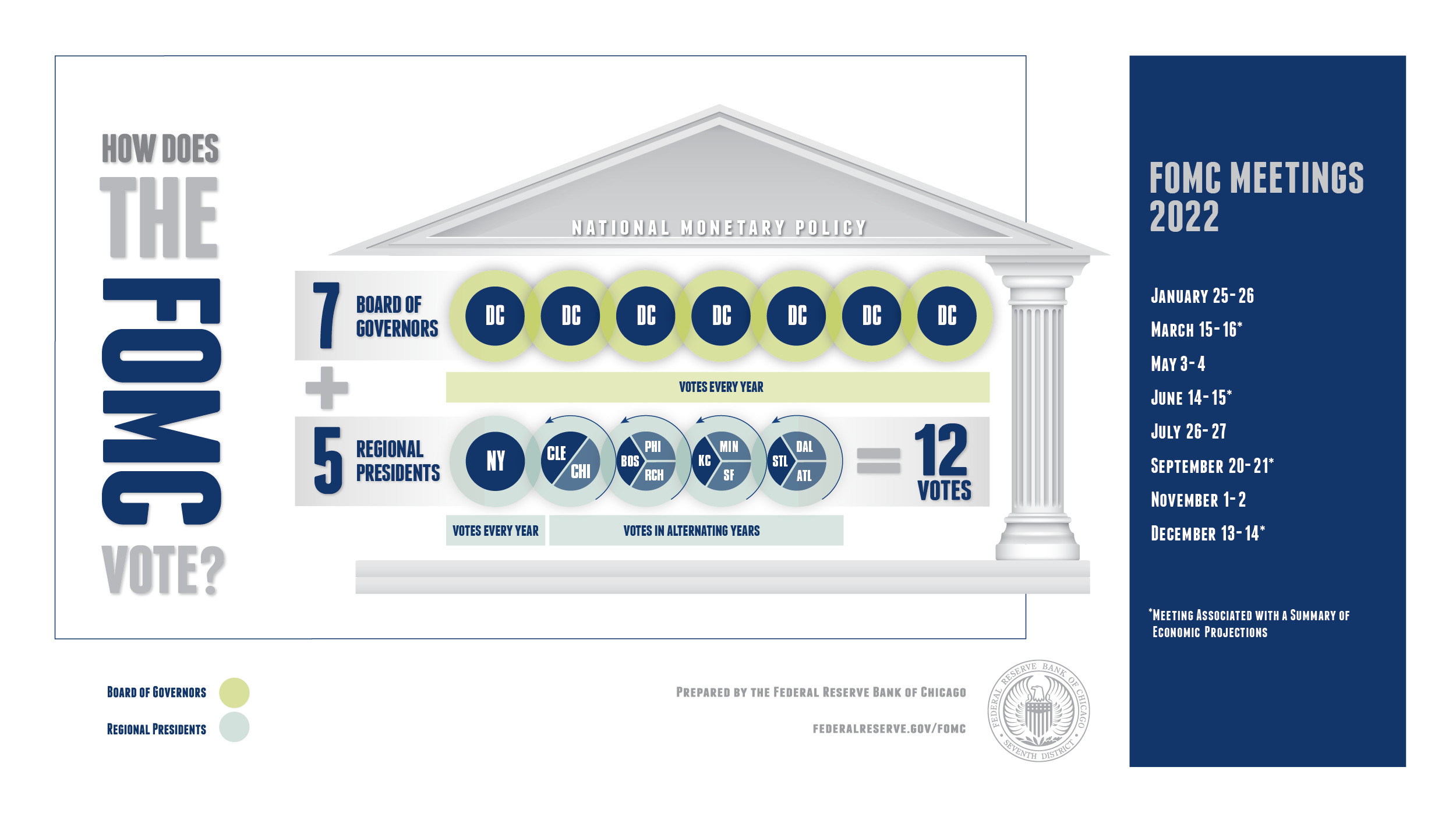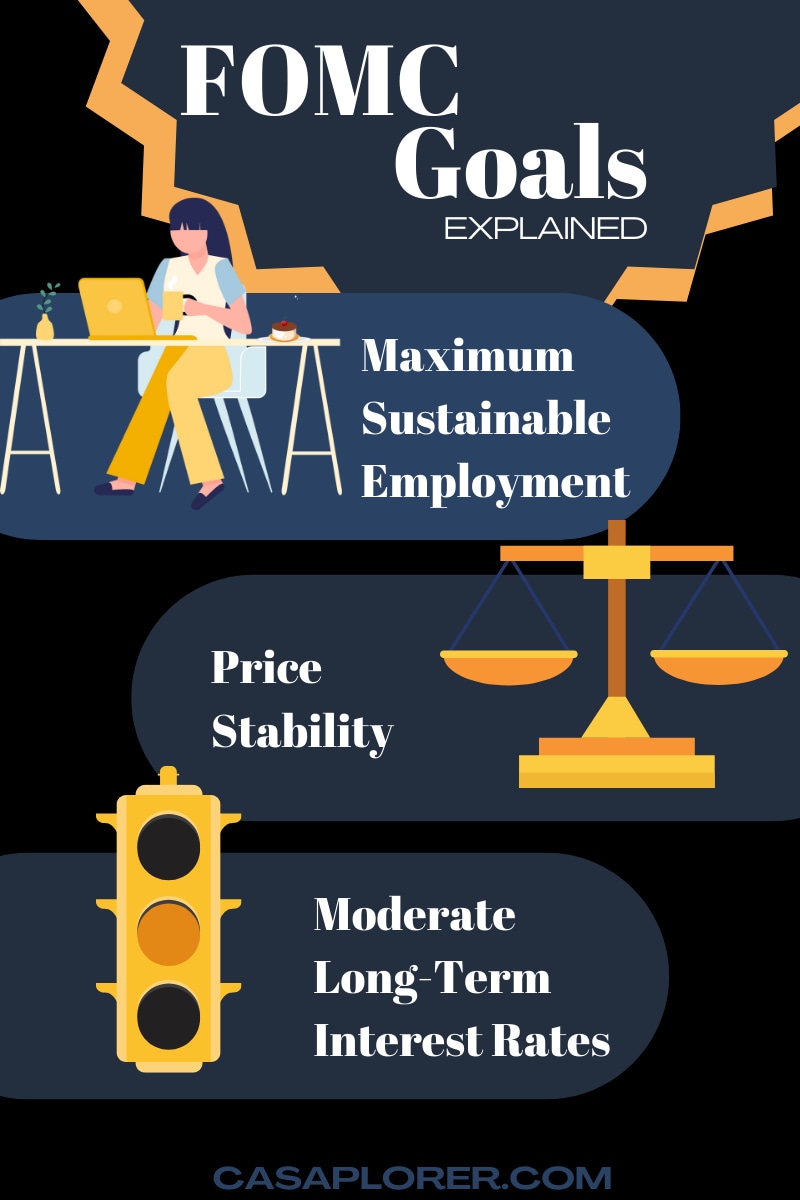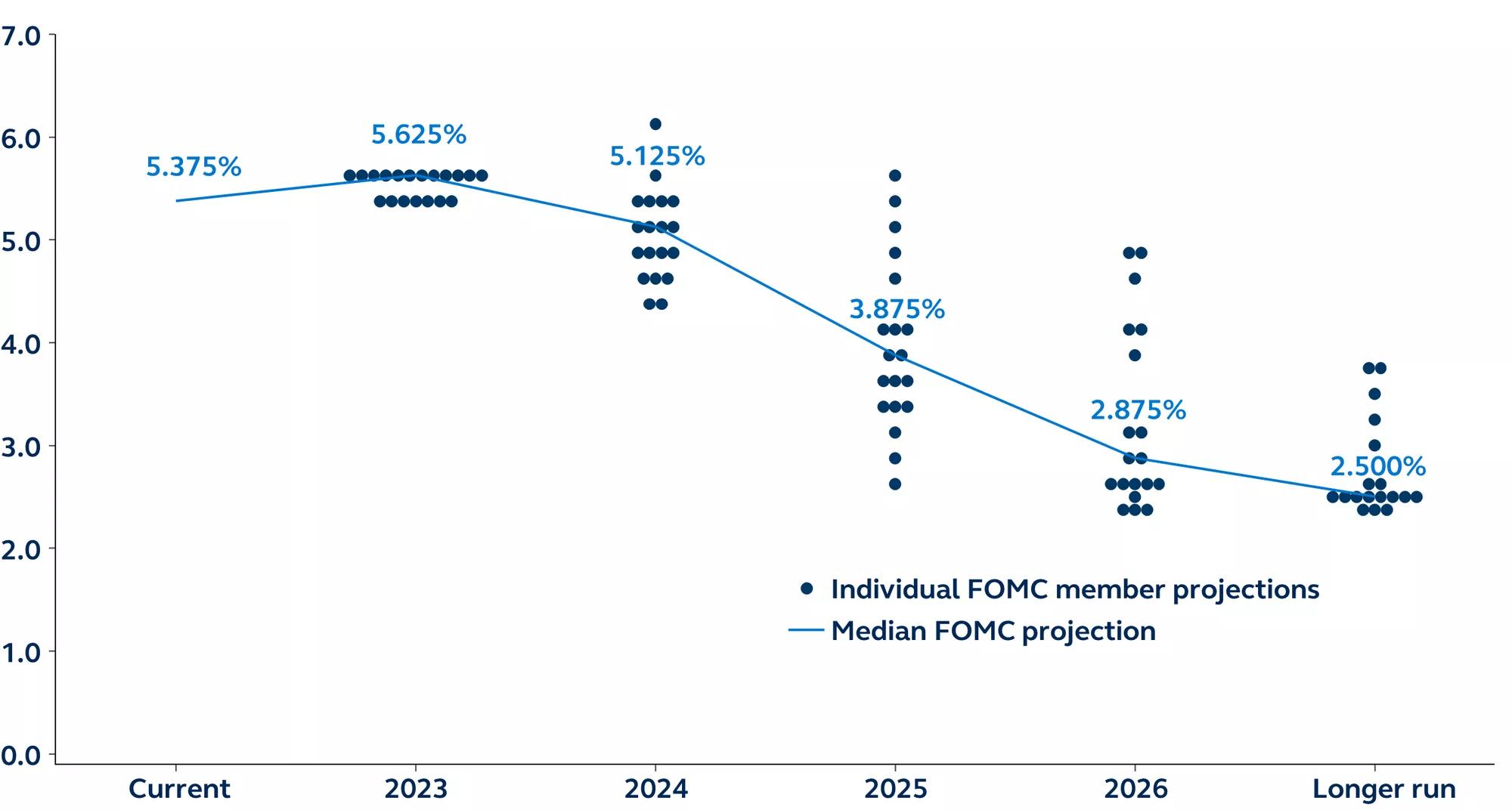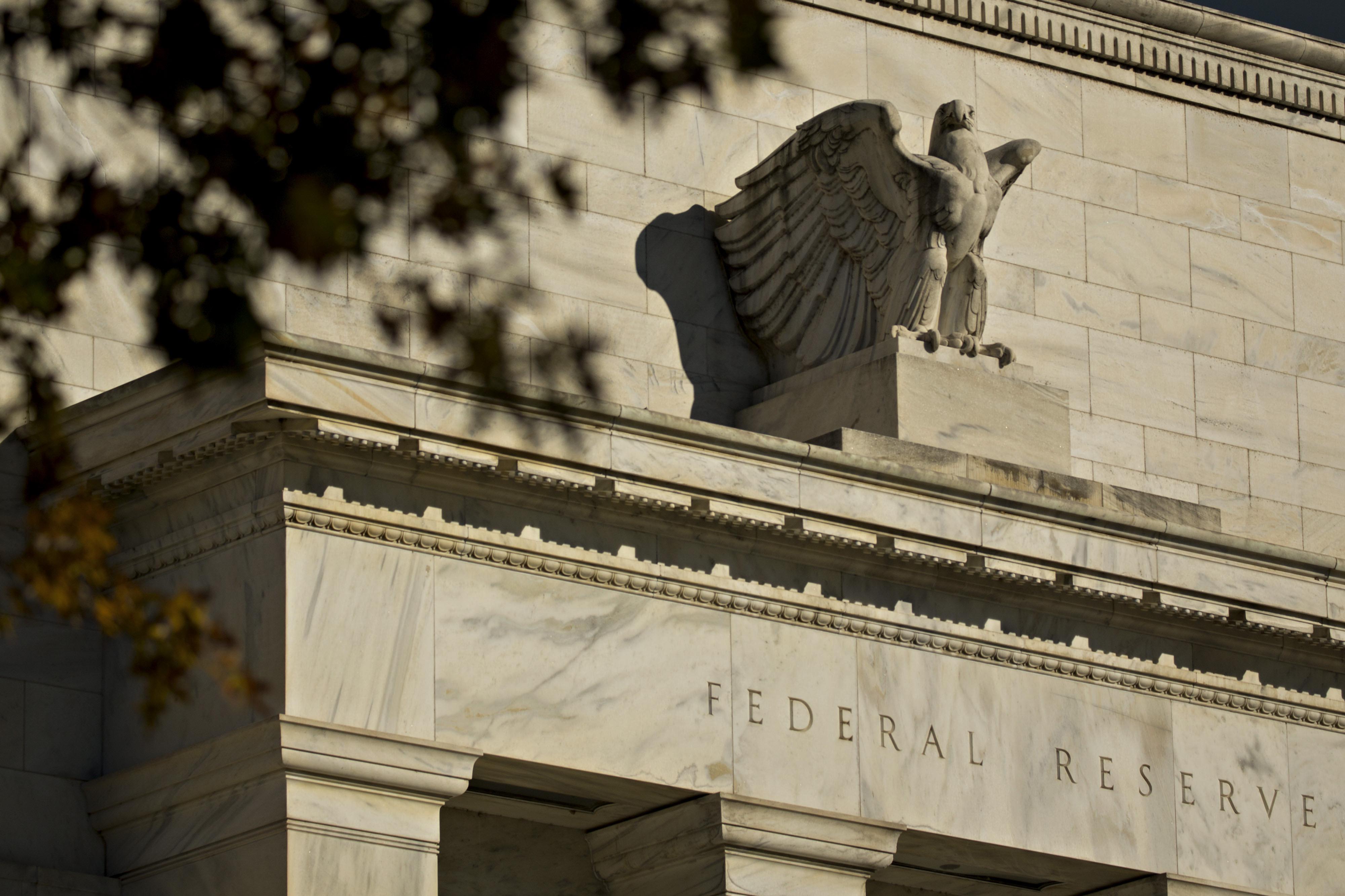
The Federal Open Market Committee (FOMC) is a crucial component of the Federal Reserve System, playing a vital role in shaping the United States' monetary policy. As one of the most influential economic bodies in the country, the FOMC's decisions have far-reaching implications for the economy, financial markets, and the overall well-being of American citizens. In this article, we will delve into the overview of the Federal Open Market Committee, its structure, functions, and significance, with a focus on the insights provided by the
St. Louis Fed.
Introduction to the Federal Open Market Committee
The FOMC is a 12-member committee that consists of the seven members of the Federal Reserve Board, the President of the Federal Reserve Bank of New York, and four other regional Federal Reserve Bank presidents, who serve on a rotating basis. The committee is responsible for setting monetary policy, with the primary goal of promoting maximum employment, stable prices, and moderate long-term interest rates.
Structure and Functions of the FOMC
The FOMC operates under a framework that ensures diverse perspectives and expertise. The committee meets eight times a year to discuss and decide on monetary policy actions, including setting interest rates and buying or selling government securities. The St. Louis Fed, one of the 12 regional Federal Reserve Banks, plays a significant role in the FOMC's decision-making process, providing valuable insights and research on economic trends and conditions.
The FOMC's primary tools for implementing monetary policy include:
Open market operations: Buying or selling government securities to influence the money supply and interest rates.
Reserve requirements: Setting the percentage of deposits that banks must hold in reserve, rather than lending out.
Discount rate: Setting the interest rate at which banks borrow money from the Federal Reserve.
Significance of the FOMC
The FOMC's decisions have a profound impact on the US economy, influencing:
Interest rates: Affecting borrowing costs for consumers and businesses.
Inflation: Managing price stability and preventing excessive inflation.
Employment: Promoting maximum employment and economic growth.
Financial markets: Influencing stock prices, bond yields, and currency exchange rates.
The St. Louis Fed's research and analysis provide valuable insights into the FOMC's decision-making process, helping to inform policymakers and the public about the state of the economy and the effectiveness of monetary policy.
In conclusion, the Federal Open Market Committee plays a vital role in shaping the US monetary policy landscape. With its diverse membership and robust framework, the FOMC works to promote economic growth, stability, and employment. The St. Louis Fed's contributions to the FOMC's decision-making process are invaluable, providing critical research and analysis that help guide policymakers. As the US economy continues to evolve, understanding the FOMC's functions and significance is essential for navigating the complex world of monetary policy.
By staying informed about the FOMC's activities and decisions, individuals and businesses can better navigate the economic landscape, making informed decisions about investments, borrowing, and financial planning. The St. Louis Fed's resources and expertise offer a valuable window into the world of monetary policy, providing insights that can help promote economic growth and stability for years to come.









